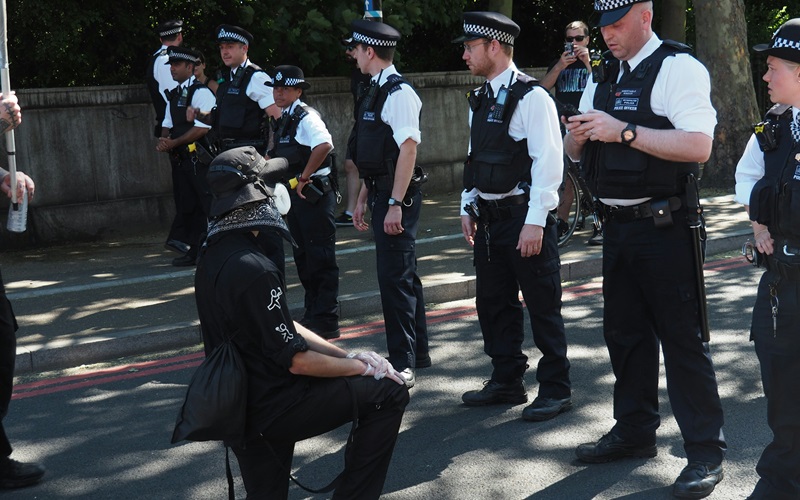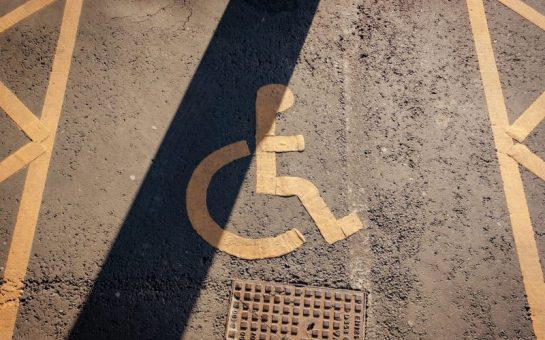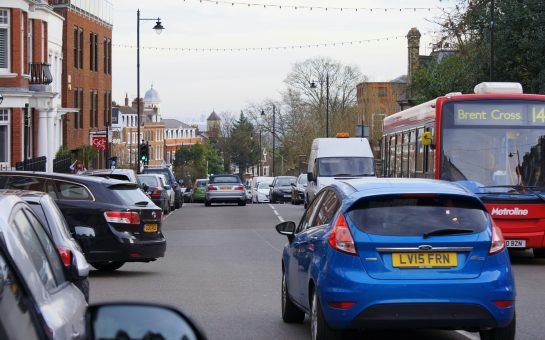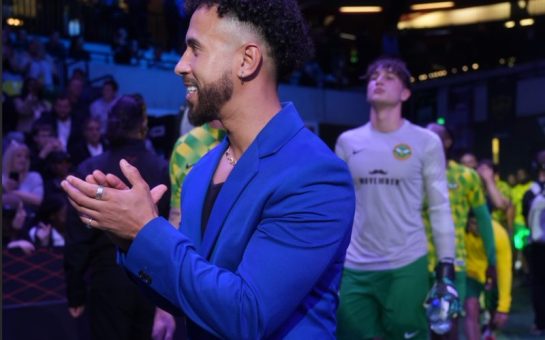Over a third of uses of force by the Met were directed at Black people in 2024, despite London Assembly pledges for reform, police statistics show.
Black people only make up 13% of London’s population, but make up around a third of the uses of force, meaning it is approximately three-and-a-half times more likely for a Black Londoner to be the target of a use of force than it is for a white Londoner.
Met Police officers must log any and all uses of force, including anything from handcuffing to firing a taser and must log the ethnicity of the subject.
Jodie Bradshaw, a policy advocacy lead with policing reform charity Stop Watch, said: “It is a self fulfilling prophecy.”
She explained that officers tend to patrol areas that are in theory designated as criminal hotspots, but are more often depraved areas or areas with high racialised populations.
This police presence leads to more stop and searches and uses of force, in turn leading to a heightened police presence.
Bradshaw added: “If your main encounters with the police have been ones where you are feeling over policed and harassed by officers, then you’re unlikely to turn to the police if you have been the victim of a crime.”
Aiming to address this problem in 2020, the London Assembly produced an Action Plan for increasing fairness and trust for policing in the Black community.
The plan was produced in response to the Black Lives Matter protests that swept across the world as a reaction to the killing of George Floyd in the United States.
The plan specifically highlighted the need for a more proportionate use of force towards Black Londoners and to engage with marginalised communities better.
It also targeted greater diversity in the Met to help solve this problem.
However, there has been little change in the proportion of uses of force targeted at Black people, with numbers remaining stagnant at over a third for the past four years according to the use of force dataset.
Protecting young Black people was another key focus of the plan, aiming to improve safeguarding and engagement.
Testimony from youth workers in the plan, saw that they ‘observed police officers responding to Black children as though they were inherently dangerous, not as children’, reinforcing the necessity for reform.
However, Black children are still overwhelmingly the most likely to be subjected to force in their age group, with around half of all uses of force in 2024 against under-18s being directed at them, the use of force dataset shows.
This is despite them making up only 17% of London’s child population, meaning that it is over four times more likely that a child targeted by force in London is Black than white.
Dr. Tara Lai Quinlan, an associate professor in law and criminal justice at Birmingham University, said: “We see the ascribing of motivations, strategies, behaviour and intent to black children in ways we don’t see with white children.
“White kids are not afforded the same kinds of expectations or assumptions about their ability to construct and form intent to commit criminal acts.”
So what is driving this huge difference between different ethnic groups?
Quinlan said: “We can’t provide a singular answer, it’s a myriad of different things.
“There is this false idea that race or ethnicity can somehow be linked to propensity for criminality, and that’s just a false stereotype that is not borne out in the data.
“Part of the mix is that these stereotypes exist, and then those get embedded in the minds of the public, including police.”
Another part of this combination of factors is the culture ingrained within street policing, Quinlan explained.
She said: “Police street culture emphasizes aggression, escalation, violence and the Casey review found it was very much embedded with sexism, homophobia, ableism, racism, stereotyping and so on.
“And what all the research tells us is that street policing culture is the one that’s most dominant and most impactful on the behaviour of police.”
While the plan for greater diversity in the Met may help ease this problem, issues of equality and inclusion within the force mean that simply increasing the numbers of Black officers would not fix the issue.
The culture of the Met Police has been consistently criticised over the years, with many Black officers saying they feel unwelcome or that they have been discriminated against as part of the force.
In 2024, the National Black Police Association (NBPA) announced that they would no longer reccomend people from Black, Asian or minority ethnic backgrounds join the Met.
The boycott was in response to a misconduct investigation against the chair of the Met Black Police Association, that the NBPA alleged was “racist” and showed that “institutional racism is thriving in the MPS”.
A spokesperson for the Independent Office for Police Conduct said: “We have long said that Black communities feel over-policed as suspects and under-protected.
“We have also recognised that police forces are committed to improving the way they handle race discrimination and racial disparities, and that there has been some good progress, but more needs to be done.
“In November, we published a race discrimination report where we called for urgent steps to be taken to safeguard child from adultification during police interactions.
“It is crucial that officers understand how adultification can influence decision making leading to unjust treatment of children.”
Image credit: Walid Hamadeh on Unsplash, free to use under Unsplash licence





Join the discussion